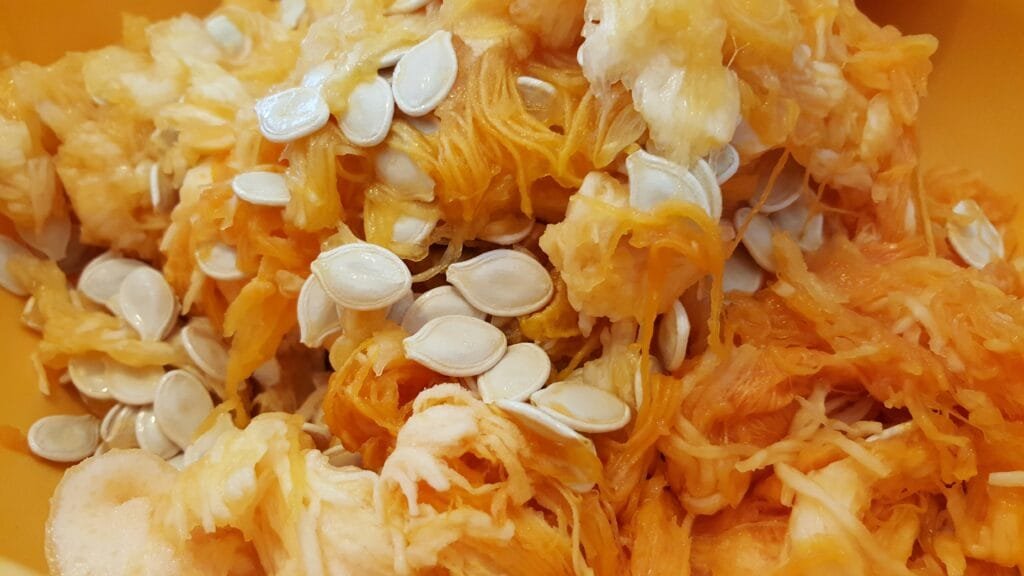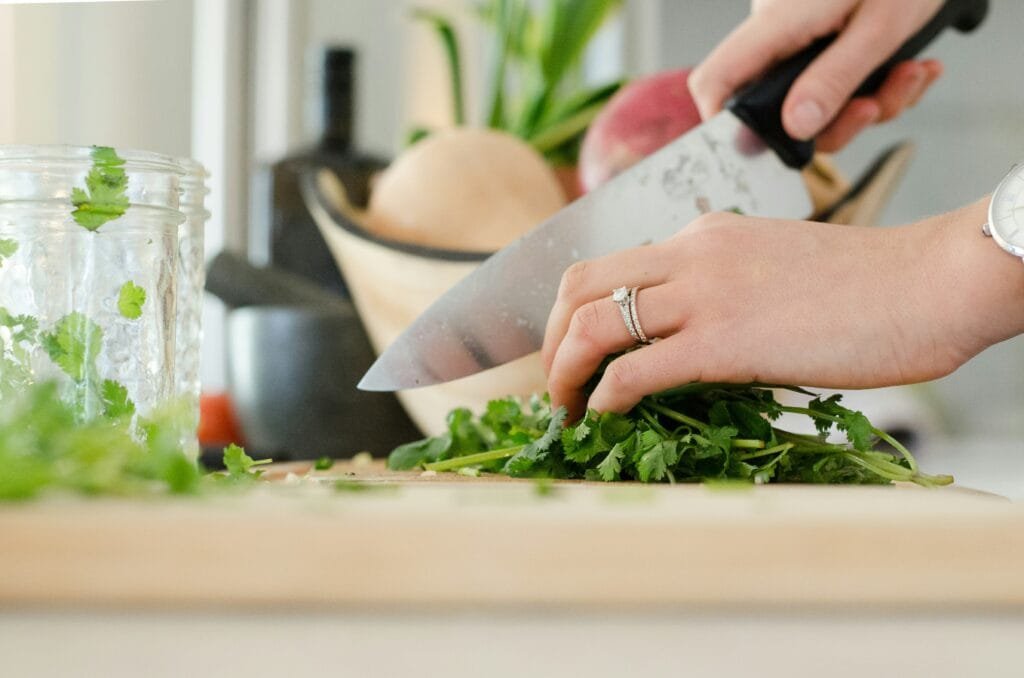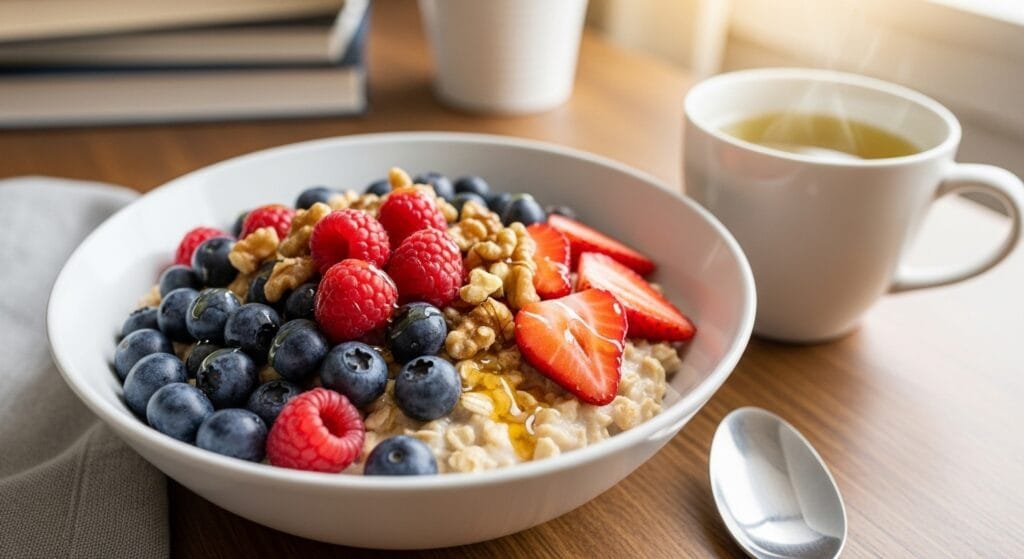💊 Do not rely solely on online content for diagnosis or treatment.
📜 Information here is provided “as is” without any warranties.
Hey there, friend!
So, you’re looking for ways to eat healthier, right? That’s awesome. Maybe you’re trying to cut back on processed foods, eat more whole ingredients, or just make smarter choices overall. I totally get it—it’s something I’ve been working on, too.
But here’s the thing: not everything labeled as “healthy” is actually good for you. Some products that seem like smart choices can be loaded with hidden sugars, unhealthy fats, and artificial additives. And that’s frustrating because you’re genuinely trying to do better.
That’s why I want to help. In this post, we’ll go over five sneaky “health” foods that aren’t as great as they seem, and I’ll share better alternatives so you can make informed choices. Sound good? Let’s dive in!
1. Flavored Yogurts: The Sugary Trap
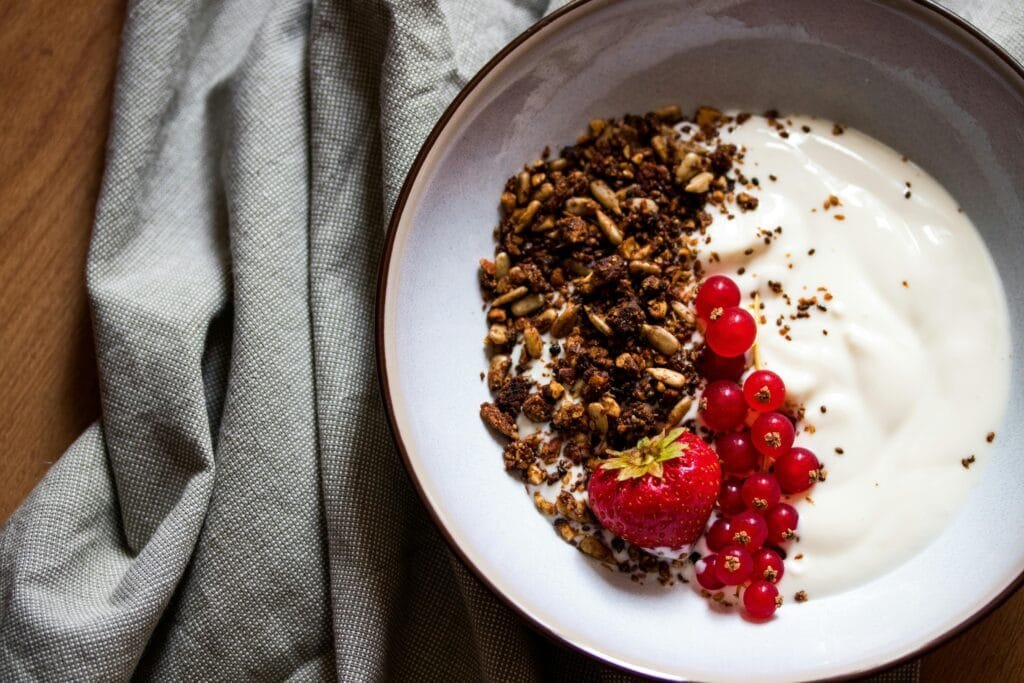
Yogurt is a solid health food, right? It’s packed with probiotics, calcium, and protein—all the good stuff your body loves. But flavored yogurts? That’s where things get tricky.
Many brands add tons of sugar, artificial flavors, and preservatives to their fruit-flavored yogurts. A single serving can have as much sugar as a candy bar! Crazy, right?
And don’t let the “low-fat” versions fool you either. When companies remove fat, they often add sugar to keep the flavor intact. That’s not exactly a win.
A Better Option:
Go for plain Greek yogurt instead. It’s naturally high in protein and probiotics, which are great for digestion and gut health. If you need sweetness, add fresh fruit, a drizzle of honey, or a sprinkle of cinnamon. Your body will thank you.
2. Granola Bars: A Candy Bar in Disguise

Granola bars seem like a convenient, healthy snack, but many are packed with added sugars, unhealthy oils, and processed ingredients. Some even contain high-fructose corn syrup, which can spike blood sugar levels and lead to crashes later on.
And let’s be real—some granola bars are basically glorified candy bars with oats thrown in. They may taste great, but they’re often far from nutritious.
A Better Option:
If you love the crunch and convenience, look for bars with whole ingredients like nuts, seeds, and dried fruit—without a laundry list of additives. Better yet, try making your own at home! A simple mix of oats, nuts, nut butter, and honey makes for a delicious and nutritious snack.
3. Veggie Chips: Not as Healthy as They Sound

I’ll admit, I used to love veggie chips. They sound like a dream, right? You get to snack on chips, but they’re made from vegetables, so they must be good for you.
Not so fast. Most store-bought veggie chips are actually made from potato starch with a bit of vegetable powder. That means they lack fiber and real nutrients from actual vegetables. Plus, they’re usually deep-fried and covered in salt—just like regular chips.
A Better Option:
If you love that crunchy, salty snack, try homemade kale chips or roasted chickpeas. Simply toss them in a little olive oil and season them to your liking before baking. You get the crunch without the processed junk.
4. Store-Bought Smoothies: Sugar Bombs in a Bottle

A smoothie is supposed to be a healthy choice, right? Well, that depends on what’s in it.
Many store-bought smoothies contain more sugar than soda, thanks to fruit juices, sweeteners, and even hidden syrups. Some brands even add ice cream or yogurt loaded with added sugar, turning what should be a healthy drink into a dessert.
Even “all-fruit” smoothies can be problematic. Without fiber from whole fruits, the natural sugars hit your bloodstream quickly, leading to sugar spikes and crashes.
A Better Option:
Make your own smoothies at home! Use whole fruits, leafy greens, and a protein source like Greek yogurt, chia seeds, or nut butter. If you need extra sweetness, a frozen banana or a small drizzle of honey should do the trick.
5. Low-Fat Salad Dressings: The Hidden Sugar Trap

You’re eating a salad—great choice! But what are you pouring on top?
Many low-fat salad dressings replace fat with sugar, artificial additives, and preservatives to maintain flavor. While they sound like a better option, they can actually do more harm than good.
Your body needs healthy fats to absorb fat-soluble vitamins like A, D, E, and K. So, cutting out fat entirely might not be the best idea.
A Better Option:
Instead of bottled dressings, try drizzling olive oil with balsamic vinegar or making your own with Greek yogurt, lemon juice, and herbs. This way, you get the flavor and health benefits without the unwanted additives.
How to Eat Healthier: A Step-by-Step Guide
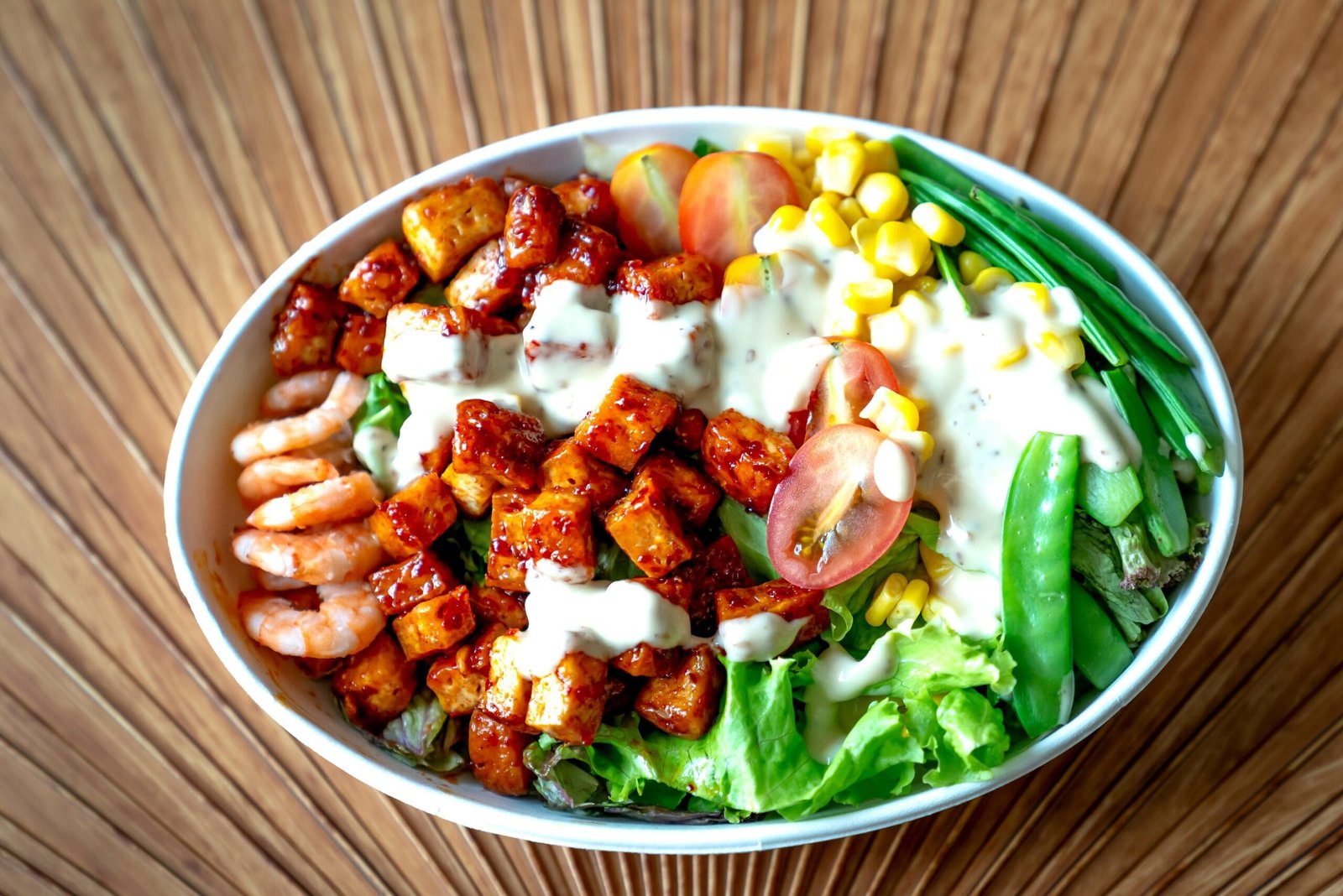
How to Eat Healthier: A Step-by-Step Guide
Step 1: Choose Plain Greek Yogurt Over Flavored Yogurt
Avoid flavored yogurts that contain added sugars and artificial flavors.
Opt for plain Greek yogurt, which is high in protein and probiotics.
Add fresh fruit, honey, or cinnamon for natural sweetness.
Step 2: Replace Store-Bought Granola Bars with Healthier Alternatives
Check labels for hidden sugars, artificial additives, and unhealthy oils.
Choose bars made from whole nuts, seeds, and dried fruit.
Make homemade granola bars using oats, nut butter, and honey.
Step 3: Swap Veggie Chips for Whole Vegetable Snacks
Avoid veggie chips that are mostly potato starch with vegetable powder.
Instead, snack on homemade kale chips, roasted chickpeas, or sliced raw veggies.
Choose whole, fiber-rich vegetables for better nutrition.
Step 4: Make Homemade Smoothies Instead of Store-Bought
Avoid smoothies loaded with fruit juices, syrups, and added sugars.
Blend your own using whole fruits, leafy greens, and a protein source like Greek yogurt or nut butter.
Add a natural sweetener like a frozen banana or a drizzle of honey if needed.
Step 5: Use Homemade Salad Dressings Instead of Low-Fat Store-Bought Ones
Skip store-bought dressings that replace fat with sugar and additives.
Make your own dressing using olive oil, balsamic vinegar, and fresh herbs.
For a creamy texture, mix Greek yogurt with lemon juice and spices.
Step 6: Stick to Whole, Minimally Processed Foods
Read ingredient labels carefully—fewer ingredients are better.
Prioritize fresh fruits, vegetables, whole grains, lean proteins, and healthy fats.
Avoid ultra-processed foods with preservatives, artificial flavors, and added sugars.
Final Thoughts: Keep It Simple, Keep It Real
Navigating the world of “healthy” foods can feel overwhelming, but here’s the best piece of advice I can give you:
Stick to whole, minimally processed foods as much as possible.
If a product has a long ingredient list filled with things you can’t pronounce, it’s probably not the best choice. Real, whole foods—like fresh fruits, veggies, whole grains, nuts, and lean proteins—will always be your best bet.
But hey, don’t stress too much. Eating healthy isn’t about perfection—it’s about making small, sustainable choices that add up over time. If you accidentally grab a not-so-great option every now and then, it’s totally okay. Just keep moving forward!
People Also Ask
Should you eat healthy food?
Absolutely! Eating healthy food gives your body the nutrients it needs to function at its best. It helps maintain energy levels, boosts immunity, and reduces the risk of chronic diseases. Plus, when you eat well, you simply feel better—both physically and mentally.
What can I eat if I’m overweight?
Focus on whole, nutrient-dense foods like lean proteins, healthy fats, and fiber-rich vegetables. Avoid highly processed foods and sugary drinks, which can lead to weight gain. Also, listening to hunger cues and practicing portion control can make a big difference over time.
Why do we eat high-fat foods?
Our bodies naturally crave high-fat foods because fat is a concentrated energy source that helps us feel full. Evolutionarily, fat was essential for survival, providing long-lasting fuel. However, modern processed fats—like trans fats and excessive saturated fats—can be harmful, so it’s best to choose healthy sources like avocados, nuts, and olive oil.
Reference
- Harvard School of Public Health – Hidden Sugars in “Healthy” Foods
- Mayo Clinic – Healthy Eating Guidelines
- American Heart Association – Understanding Healthy Fats
💊 Do not rely solely on online content for diagnosis or treatment.
📜 Information here is provided “as is” without any warranties.

